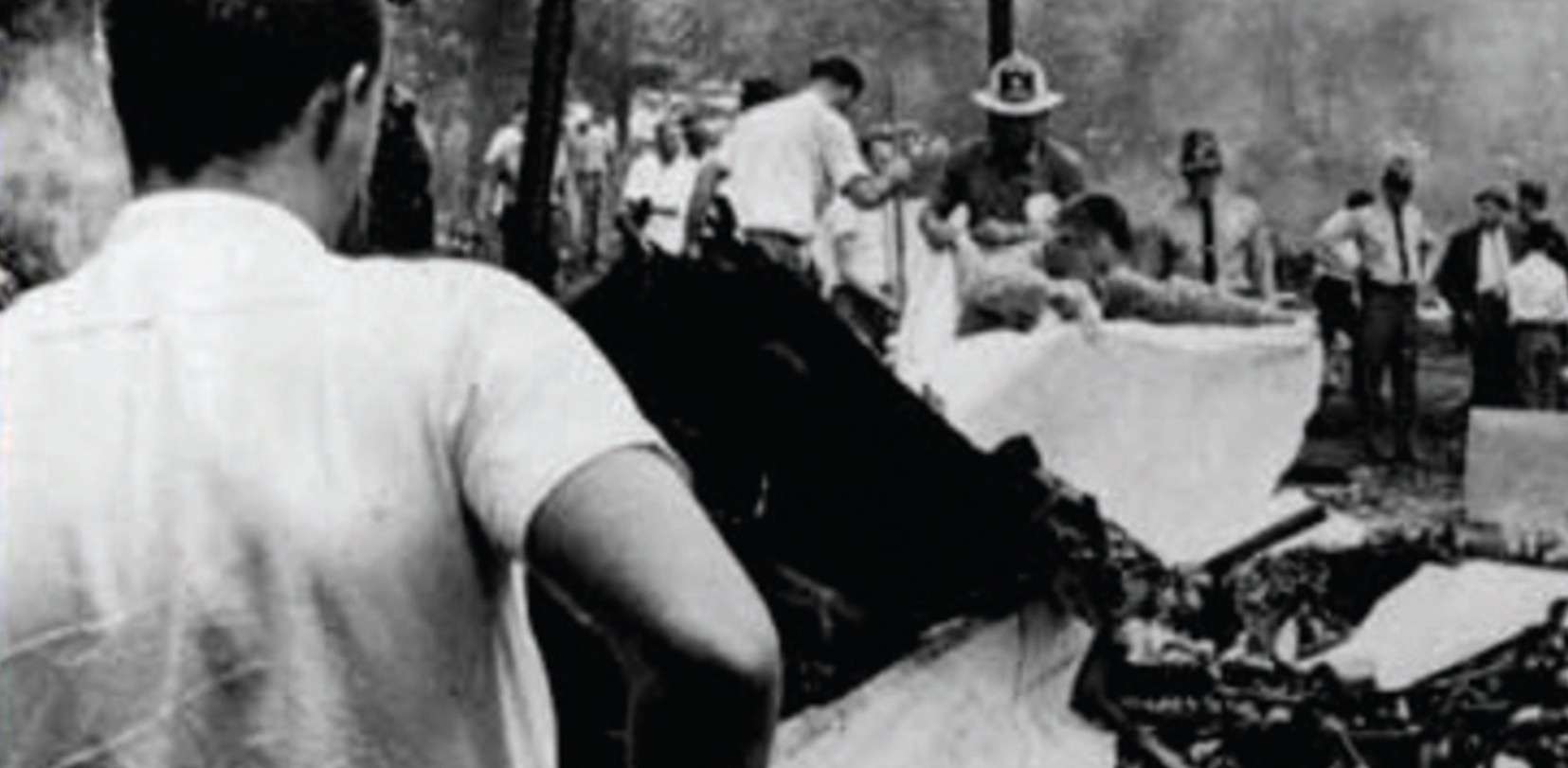Dueling In Hendersonville: Part 1
By Dan Gibbs
Dueling was made illegal in North Carolina in 1802 by a statute passed by the North Carolina Legislature but that did not stop men from dueling. The first of these duels in Hendersonville took place in early November 1827 a little over 10 years before Henderson County was formed.
The Duelists were Robert Vance and Samuel Carson, both local politicians and descendants of Revolutionary War soldiers. They were also close friends.
With Carson encouraging Vance, he ran for a Congressional seat in 1823 and was elected. Carson opposed Vance in the election of 1825, and he was elected to fill Vance’s Congressional seat.
They opposed each other again in the Congressional election of 1827, and this time around, the campaign turned vicious. Vance went of the offensive first, attacking Carson’s political record and Carson decided to make it more personal, by attacking Vance’s physical stature.
Vance had contracted what became known as Polio in his youth and one of his legs was five inches shorter than the other. Vance retaliated by attacking Carson’s father, Colonel John Carson, Revolutionary War record and calling him a coward.
This was the tipping point for the political campaign as Colonel John Carson was the first to challenge Vance to a duel which Vance politely declined instead offering to duel any of his son’s who wanted to defend their father’s honor. Samuel Carson picked up the gauntlet and issued his own challenge to a duel with Robert Vance on 12 SEPT 1827. Vance accepted this challenge.
The duel was fought on 5 NOV 1827 on a site that became known as Vance Mountain, and it attracted spectators from all over the mountains. One of the more famous spectators was frontiersman David Crockett.
Once they faced off, Carson was the only one to fire his weapon, hitting Vance at a point above his hip and he died the next day from his injuries. On his deathbed, Vance let it be known that he did not hold any ill will towards his friend Samuel Carson, and that he was glad that he could die on the field of honor.
There is a North Carolina Historical Marker located on Highway 25 that commemorates this event and more can be read about it in Frank L. FitzSimons book On the Banks of the Oklawaha: Volume I.







